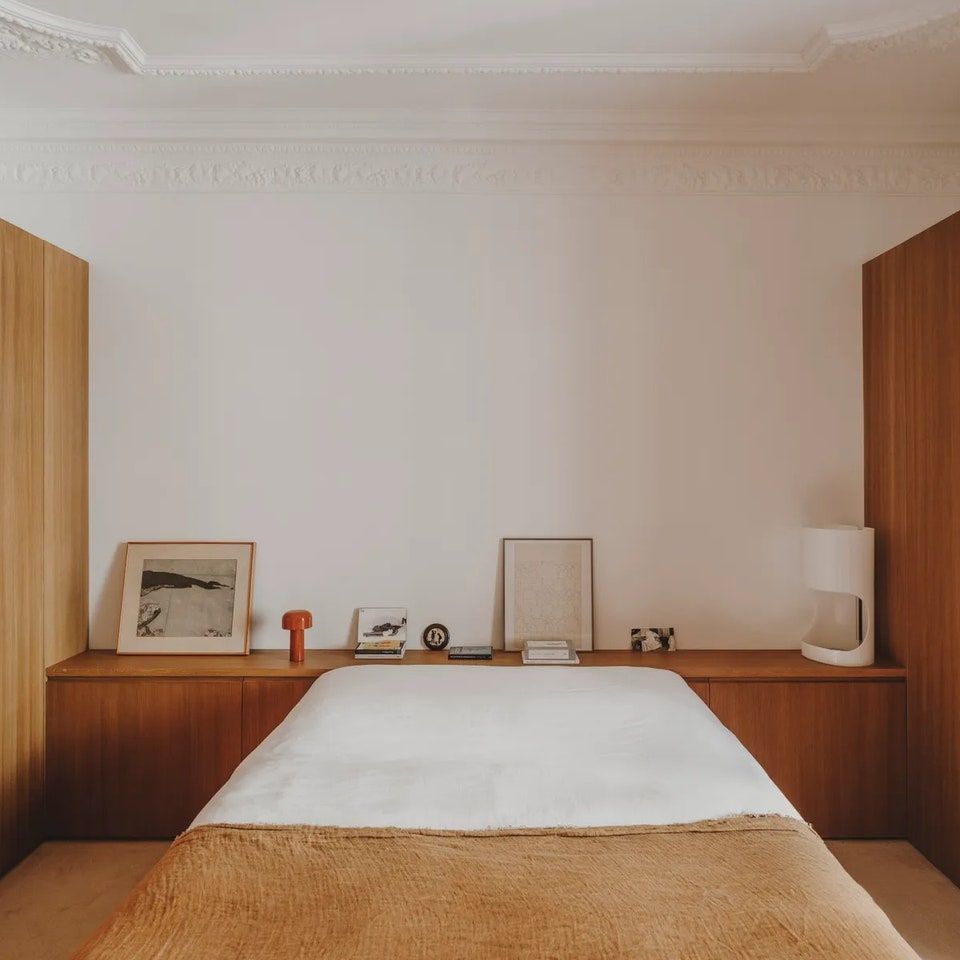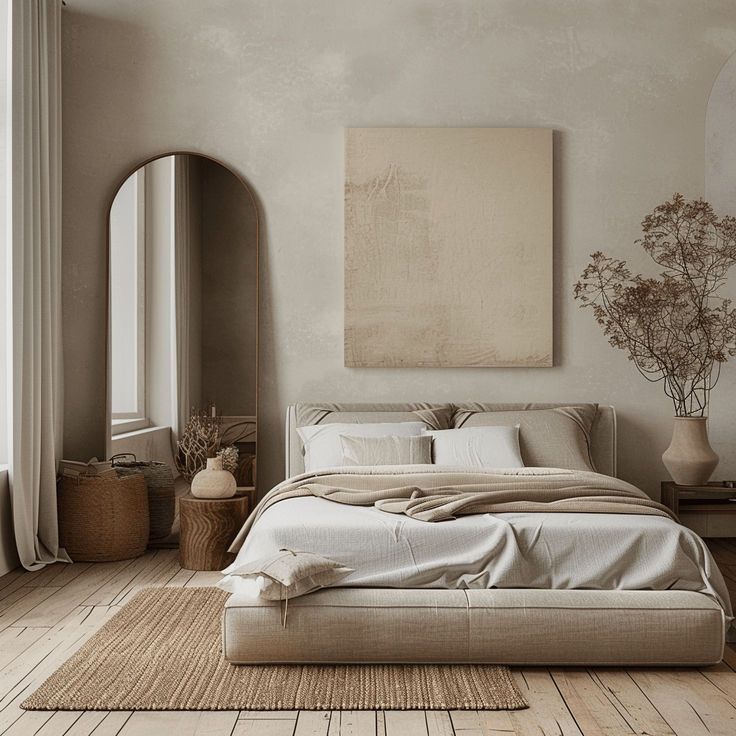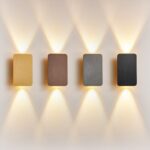
Bedroom lighting plays a crucial role in creating a comfortable and inviting atmosphere in a living space. Not only does it illuminate the room, but it also sets the mood and enhances the overall aesthetic. There are various types of bedroom lighting that can be used to achieve different effects. Ambient lighting provides overall illumination to the room, while task lighting is focused on specific areas for activities like reading or working. Accent lighting highlights certain features or objects in the room, adding depth and dimension. It is essential to consider the placement and intensity of the lights to create a balanced and harmonious environment. Additionally, incorporating dimmer switches and adjustable fixtures allows for flexibility in controlling the brightness and ambiance of the room. Whether using overhead lights, wall sconces, floor lamps, or table lamps, choosing the right combination of lighting elements can transform a bedroom into a cozy retreat perfect for relaxation and rest.
A well-lit bedroom is essential for creating a cozy and inviting atmosphere. The right lighting can also enhance your mood and help you relax after a long day. When it comes to bedroom lighting, there are a few key factors to consider. First, think about the function of each light source. Task lighting, such as bedside lamps or wall sconces, is important for reading or working in bed. Ambient lighting, such as overhead fixtures or recessed lights, provides general illumination for the entire room. Finally, accent lighting, such as decorative table lamps or string lights, can add a touch of warmth and personality to the space.
One popular trend in bedroom lighting is the use of dimmable lights. Dimmers allow you to adjust the brightness of your lights to suit your mood or activity. For example, you can dim the lights for a relaxing evening reading in bed or brighten them up for getting ready in the morning. Dimmable lights are also great for creating a romantic ambiance for a special evening at home. Another important consideration when choosing bedroom lighting is the color temperature of the light. Warm white light (around 2700-3000 Kelvin) is best for bedrooms as it promotes relaxation and a sense of coziness. Cooler white light (around 4000 Kelvin) is better for task lighting, such as reading or working in bed.
In addition to the type and color temperature of the lights, the placement of light fixtures in the bedroom is also crucial. For example, bedside lamps should be positioned at a height that allows for easy reading without causing glare. Wall sconces or overhead fixtures should be evenly distributed to provide balanced lighting throughout the room. If you have a larger bedroom, consider layering different types of lighting to create a more dynamic and versatile lighting scheme. Overall, the key to effective bedroom lighting is to blend functionality with aesthetics to create a space that is both practical and visually pleasing.
 Decor ideas Style Starts Here
Decor ideas Style Starts Here








